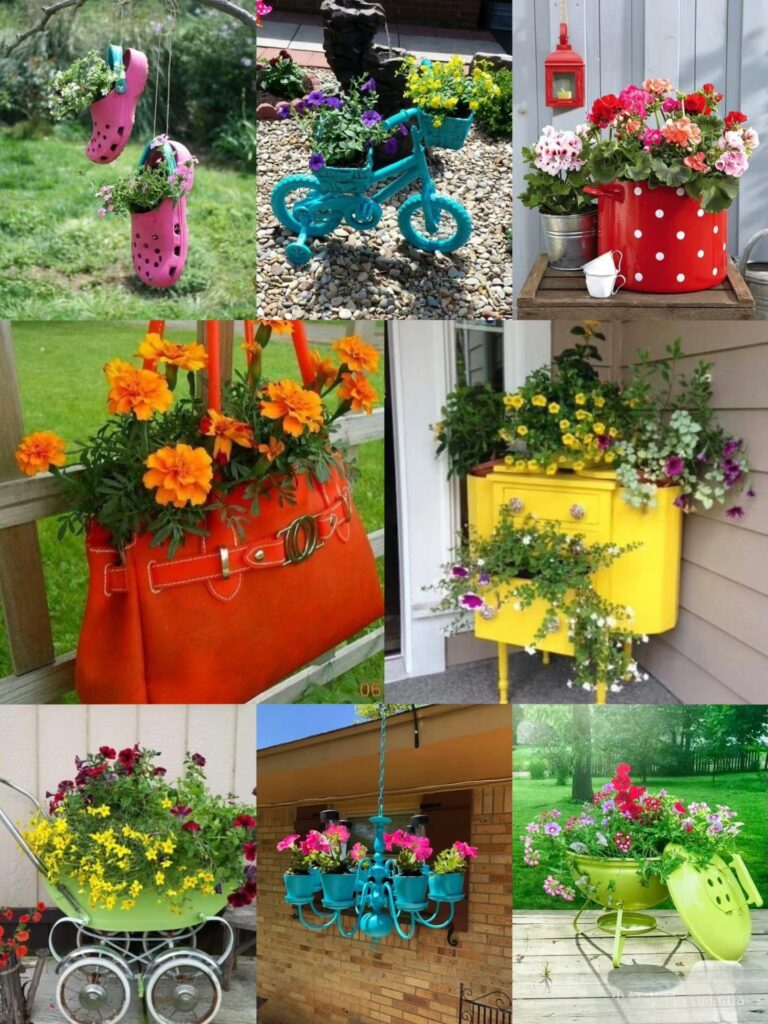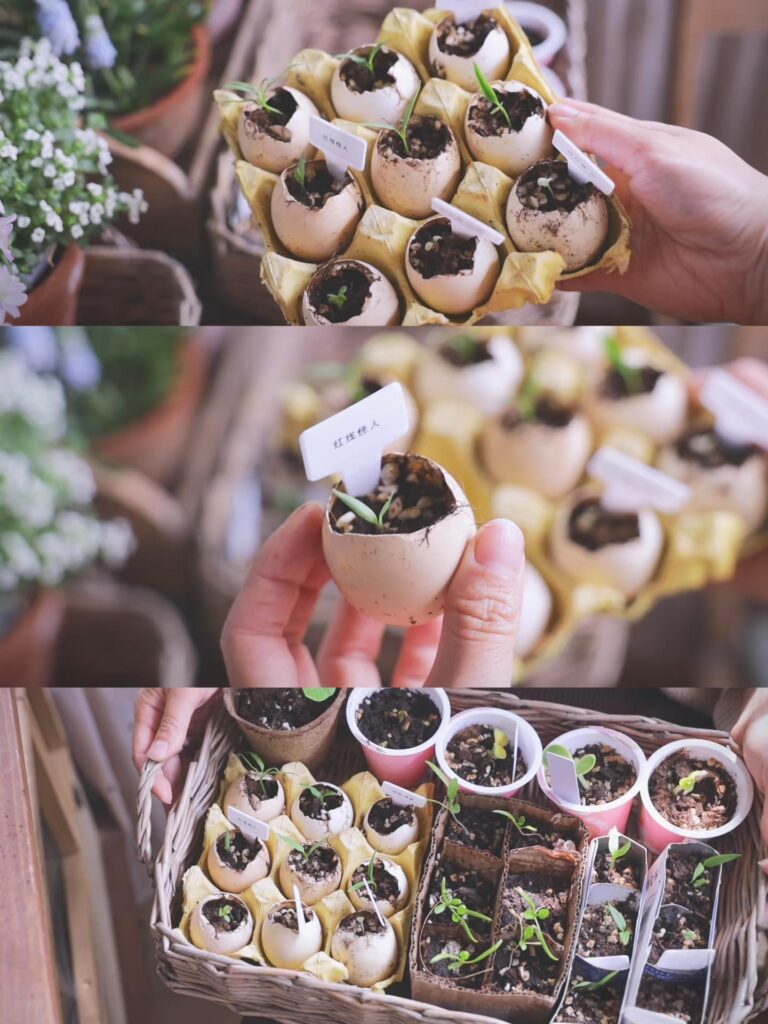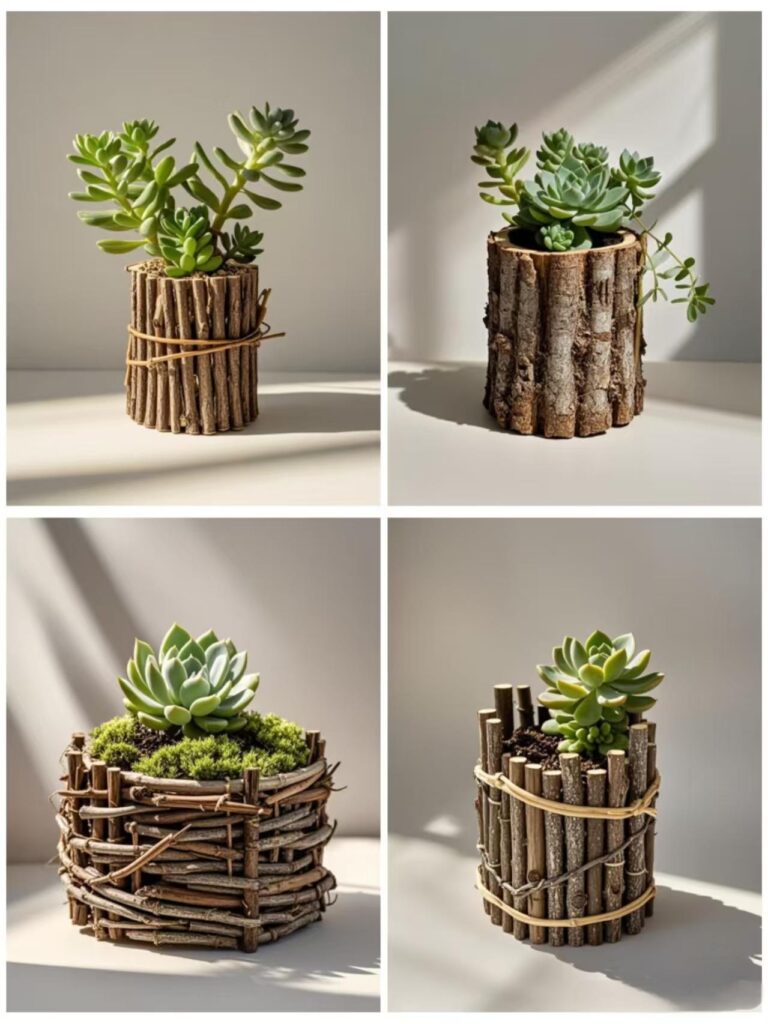Whether you’re a seasoned plant parent or just starting to embrace the joys of indoor and outdoor gardening, selecting the right planting pot is crucial for your plants’ health and the aesthetic appeal of your home. The right pot enhances both the plant’s growth and the overall look of your space. In this guide, we’ll explore the key factors to consider—size, material, and style—to help you make the best choice for your plants and home décor.
1. Size Matters: Finding the Right Fit for Your Plant
The size of your pot directly impacts the health of your plant. Too small, and the roots become cramped, hindering growth. Too large, and the plant may struggle to establish itself in the excess soil. Here’s how to choose the right pot size:
- General Rule: Choose a pot that is about 1-2 inches larger in diameter than your plant’s root ball.
- Deep-Rooted Plants: For plants with deep roots, like trees or shrubs, a taller pot with extra depth is ideal.
- Shallow-Rooted Plants: Succulents, herbs, and small houseplants benefit from wider, shallow pots.
- Growth Consideration: If you’re planning to repot in a few months, leave some room for growth, but avoid overestimating.
2. Material Choices: Understanding the Benefits and Drawbacks
Planting pots come in a variety of materials, each with distinct benefits and drawbacks. Here’s a breakdown of the most common materials:
- Clay (Terracotta): Known for its classic rustic look, terracotta is a breathable material that helps regulate soil moisture, making it ideal for plants that don’t like to stay too wet, like succulents. However, it’s fragile and prone to cracking.
- Plastic: Lightweight and durable, plastic pots retain moisture better than terracotta, making them suitable for plants that require consistent watering. They also come in various shapes and colors, making them versatile. However, they aren’t as breathable, and overwatering can lead to root rot.
- Ceramic: Ceramic pots are often glazed and come in many stylish designs. They provide a chic look and are heavy, so they’re less likely to tip over. These pots retain moisture and nutrients well but can be more expensive.
- Fiberglass: Lightweight yet durable, fiberglass pots are often mistaken for concrete or stone. They are resistant to cracking and come in a wide variety of styles and sizes. Perfect for both indoor and outdoor use, fiberglass pots can be a long-lasting option for your plants.
- Concrete/Stone: Heavy and sturdy, these pots are great for larger plants and outdoor use. They provide excellent insulation for the roots in both hot and cold temperatures. However, they can be quite heavy, making them difficult to move around.
- Wooden Planters: Ideal for rustic or cottage-style décor, wooden pots have a natural aesthetic. They are best used for larger plants and outdoor spaces, but you should ensure they have proper drainage to prevent the wood from rotting.
3. Drainage: The Key to Healthy Roots
Regardless of the material, your planting pot should have proper drainage holes. Drainage allows excess water to escape, preventing water from collecting at the bottom of the pot, which can lead to root rot. If your pot doesn’t have drainage, you can use a layer of rocks or broken pottery at the bottom or choose pots with built-in drainage trays.
4. Style & Aesthetics: Complementing Your Home Décor
The right planting pot should match your home’s style, whether it’s sleek and modern or cozy and rustic. Here are a few style suggestions to help you choose the perfect pot for your indoor and outdoor spaces:
- Modern & Minimalist: Choose simple, neutral-colored pots made from materials like concrete or fiberglass. Sleek, unadorned lines with a matte finish fit perfectly in contemporary, minimalist spaces.
- Rustic & Vintage: Wooden or terracotta pots work wonders in creating a cozy, natural vibe. Pair them with vintage furniture or rustic-style décor for a timeless look.
- Boho & Eclectic: Mix and match colorful ceramic pots, woven baskets, or hanging planters for a playful and eclectic design. Layering different textures and colors adds warmth and character to your space.
- Industrial: For an industrial look, opt for metal planters or concrete pots. Their sturdy, raw design fits perfectly with exposed brick walls and urban-inspired furniture.
5. Indoor vs. Outdoor Pots
- Indoor Pots: Indoor planters should complement your home’s décor and can be more decorative. However, they still need to provide the essentials—adequate drainage and the right material for the plant’s needs. Choose stylish pots that reflect your interior design, but always consider the moisture needs of your plants.
- Outdoor Pots: Outdoor planters need to withstand weather elements. Choose materials that won’t easily crack in the cold, such as fiberglass, ceramic, or stone. Additionally, outdoor pots can be larger, as they’re intended for plants that need more space to grow.
6. Eco-Friendly Alternatives
If you’re aiming to reduce your environmental impact, there are several eco-friendly plant pot options to consider:
- Biodegradable Pots: Made from materials like coconut husks or bamboo, these pots break down over time and can be directly planted in the soil, minimizing waste.
- Recycled Plastic: Some pots are made from recycled plastics, offering a sustainable alternative without sacrificing quality or appearance.
- Repurposed Materials: Get creative with repurposed materials—old containers, crates, or even upcycled household items that can be transformed into planting pots.



